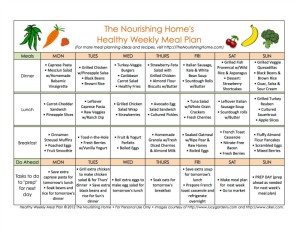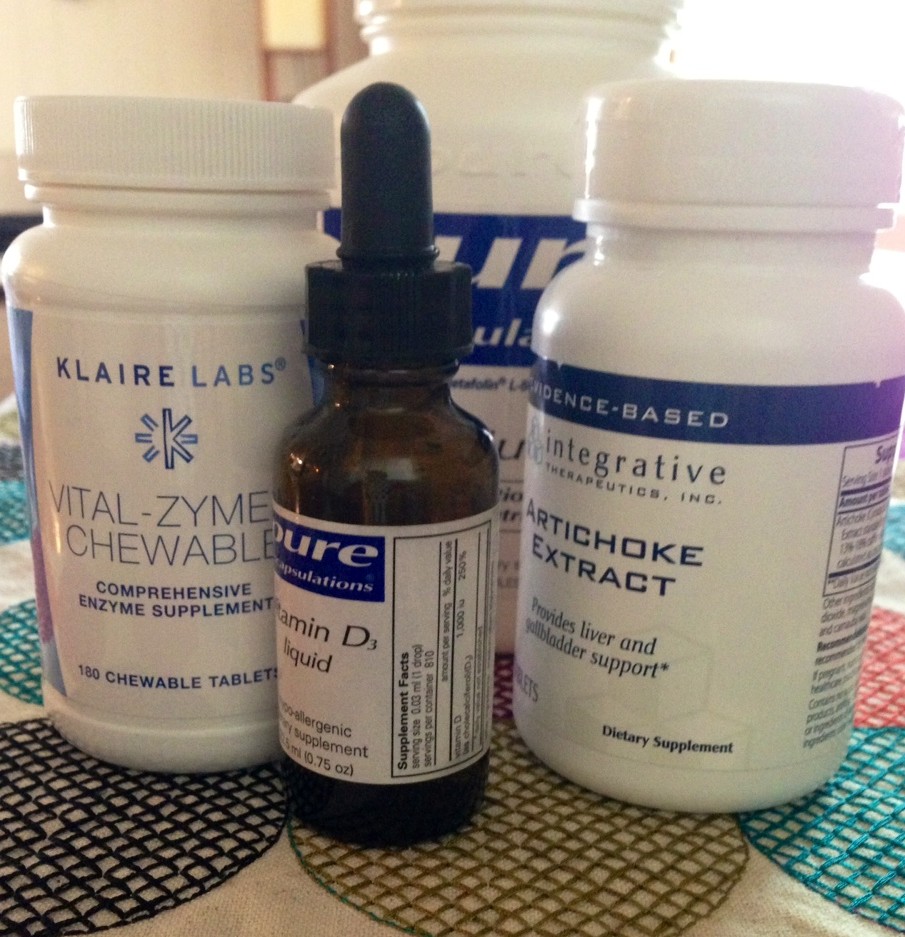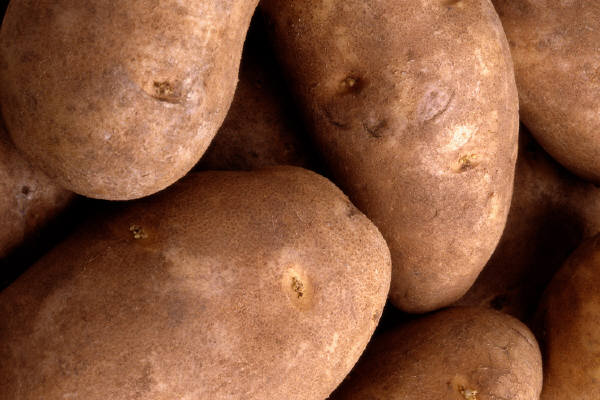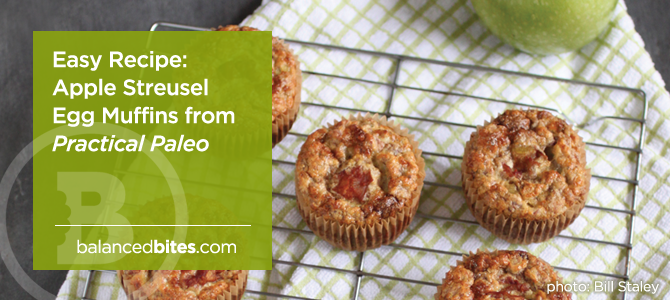Table Talk
 Many of our amazing Marian Hope Center families have chosen to restrict certain foods, primarily gluten and dairy, to improve the lives of their children. This has proved to be life-altering for some families in the best possible ways. However, these changes don’t come without a cost. Particularly, being around extended family during the holidays can make some of the diet adjustments/restrictions more difficult.
Many of our amazing Marian Hope Center families have chosen to restrict certain foods, primarily gluten and dairy, to improve the lives of their children. This has proved to be life-altering for some families in the best possible ways. However, these changes don’t come without a cost. Particularly, being around extended family during the holidays can make some of the diet adjustments/restrictions more difficult.
Here are some tips I’ve found helpful in navigating the holiday table dynamics:
1. Don’t give more information than is needed.
Likely your family/friends don’t fully understand what you experience day to day in caring for a child with special needs. They particularly might not understand (or even agree) with the diet changes you have chosen for your family. In that case, don’t feel the pressure to help them understand. If someone is particularly interested, let them drive the conversation. As hard as it might be to be misunderstood or not fully understood among your own family, the holiday meal isn’t probably the best time to figure out the extra layers of those dynamics. Keep it simple like: “changing our diet has shown improvement in {insert name of amazing kid} so we’re sticking with it.” OR, if you’re not sure if diet changes are working… “we know some people who have benefited from these changes so we’re doing an experiment.” Most people are totally cool with “experiments.”
2. Gracious language can go a long way at a special holiday meal
When it’s not obvious if the food has gluten or dairy in it try this: “I hate to have to ask this, but do you know if there is any flour or dairy in that recipe.” If they say yes, then try “Thanks, that’s helpful”- and leave it. Sometimes you’ve got to explain. In that case, you can say something like, “We realized {insert amazing kids name} is sensitive to some foods and he’s so much happier when we stick to what his body digests well. The {insert food you can eat} looks amazing and I can’t wait to try it.” Obviously, that’s my language you’ll have to adapt to help your kids navigate their way depending on their ages. Try to avoid saying “We can’t eat that” or “We don’t eat that.” It can come across the wrong way and not build the support you need around the family table.
3. Don’t let the focus of the meal be what you can’t eat.
If you’re not sure what your options will be, feed your kids a little something before you go or take some back up snacks. While at a party where the whole meal was a grilled cheese bar (no GF bread), I opted to have a little cheese, nuts, fruit, and tomato soup. It worked great- I just ate a lot of grapes and tomato soup that night! For kids, it may be a different story. They may need to sit down and have the snacks you brought in addition to the foods at the table you brought. Always try to give them any of the available options that the host has provided. It helps them feel more a part of the group and the host feel like they were able to host you. And, keep in mind that one meal that’s a little wonky in balance and content but fits their diet restrictions and satisfies them is totally fine.
4. Focus on people, not food
Food won’t be the focus when you connect personally with people. You may have to do this on behalf of your children, but use the social time to build relationships and give others a chance to tell their story. This is especially important at family holiday meals since often the focus of the whole day is around food. Go deeper. What’s Aunt Franny’s story? How did Uncle Rick get his business started? What was it like growing up with six siblings? When people get to share their story, they’re likely not as focused on yours (a.k.a what your kids are/aren’t eating).
5. Thank and compliment the cook for their hard work.
Even if there were parts your family couldn’t eat be sure the host knows the parts you enjoyed, and that their time and effort was well worth it. This includes those we tend to take for granted like siblings and our own parents. There is nothing more disappointing for some hosts than feeling like they didn’t please their guests or having put a lot of effort into something not eaten. Be sensitive to these dynamics.
Lastly, if your family is more open or understands your situation then consider labeling a table with the gluten-free and dairy-free options so your children can come and go freely from safe foods for them. This can be really fun for a child who is constantly having to ask what they can and can’t have.
Happy holiday eating! And, remember if you need more specific help regarding nutrition you can always schedule an appointment by contacting me at bpage@marianhopecenter.org.








